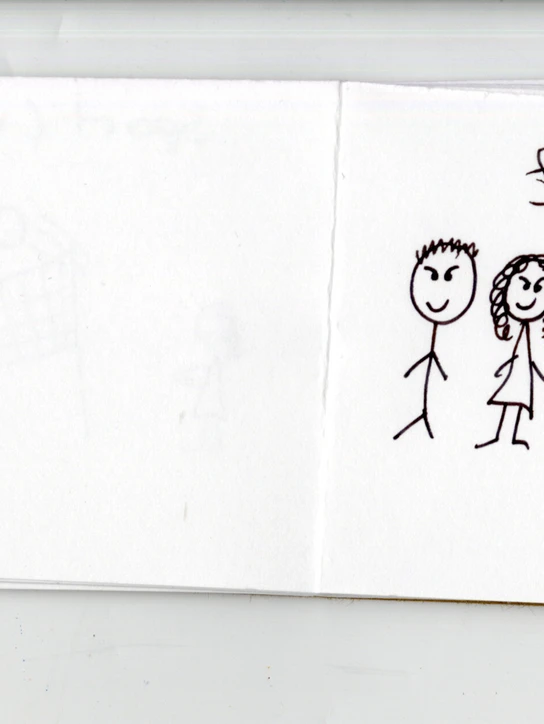
Play Probes – An approach to reveal emergent youth identity through playful making
- PhD student
-
Line Gad Christiansen
- Project period
- 2019 - 2023
- Main supervisor
- Sune Klok Gudiksen
- Project supervisor
- Richard Herriott
- LAB
- LAB for Play Design
- LAB theme
- Play-centered Design Approaches
- Collaboration partners
- Participants: Pupils from two schools in Esbjerg municipality
About
The identity of young people can be difficult to learn about, though we could learn from it to aid young people in their struggles and understand them, thereby decreasing a possible generational divide. Exploring new ways of getting to know young people is of relevance to many working with this age group. Interviews and other common ways of retrieving data can provide some insights and have been used multiple times across various fields of research. However, finding alternative ways with inspiration from design traditions can strengthen these common methods or even substitute them depending on the context. Considering the sensitivity often needed when engaging with a target group that is challenging to access, play might allow greater possibilities of gaining access when combined with probes.

“We don’t really know what is going on in young people’s lives”
Methods and outcome
The study explores the design and use of play probes, and touches on the overall findings from testing the play probes with over 70 15- to 17-year old pupils. The findings separated into two areas: how to make a play probe and what insights the participants shared. The first area depicts how the young people still participated in the study to a high degree despite the probes being voluntary.
It also highlights the importance of having a proper balance of probe activities, both in time and requirements, and how designing toward evoking curiosity seems to have a positive influence on young people’s participation. The other area involves different aspects and themes that seem important to young people based on the completed probes.

“The pupils talk about the probes with both us, their friends and their parents”
Purpose
The purpose of this study was to provide young people a voice through research that was worth their time and participation. Exploring the use of materials and play as tools through probes, to open up insights into the deeper layers of knowledge offers potential in terms of working with young people.

“Working with the probes were: “ fun and different” -16 year old girl. “fun and creative” -15 year old girl. “interesting, strange but good””
“Working with the probes were: “fun and creative””
“Working with the probes were: “interesting, strange but good””







“The play probes aim to provide new insights about young people, through activities surrounding materials and playful elements.”





